In today's fast-paced business world, entrepreneurs, small business owners, and busy professionals are constantly seeking ways to optimize their productivity and streamline their workflow. One highly effective solution that has gained popularity in recent years is hiring a virtual assistant. A virtual assistant (VA) is a remote professional who provides administrative, creative, and technical support to individuals or businesses. One of the biggest advantages of hiring a VA is the potential for full-time access at a part-time cost, making it a cost-effective solution for busy individuals looking to delegate tasks and free up their time. In this article, we will explore how you can unlock the power of virtual assistance and hire a virtual assistant for full-time access at a part-time cost.
Define Your Needs
Before hiring a virtual assistant, it's essential to have a clear understanding of your needs and the tasks you want them to handle. Make a list of all the tasks you want to delegate, such as scheduling appointments, managing emails, social media management, data entry, research, and other administrative or creative tasks. This will help you in finding a virtual assistant who has the skills and expertise to fulfill your requirements.
Search for the Right Virtual Assistant
When searching for the right virtual assistant, it's crucial to take the time to find a professional who has relevant experience and a proven track record of delivering quality work. Look for virtual assistants who have experience in the specific tasks or skills you need assistance with, such as administrative tasks, social media management, content creation, customer service, or graphic design, among others. Checking their portfolio or asking for samples of their work can give you an idea of their capabilities and whether they align with your needs.
Negotiate Pricing and Payment Terms
One of the benefits of hiring a virtual assistant is the potential for cost savings. Virtual assistants often charge hourly rates or offer package deals based on the number of hours worked per month. Negotiate pricing and payment terms that fit your budget and ensure you are getting value for your money. Keep in mind that while you may be paying a part-time rate, you can still expect full-time access to your virtual assistant during the agreed-upon hours.
Set Clear Expectations
Communication is key when working with a virtual assistant. Clearly communicate your expectations regarding the tasks, deadlines, and quality of work. Provide detailed instructions and guidelines to ensure your virtual assistant understands your requirements and can deliver the desired results. Regularly check in with your virtual assistant to provide feedback and address any questions or concerns that may arise.
Utilize Time-Tracking and Productivity Tools
To ensure you are getting the most out of your virtual assistant's time, consider using time-tracking and productivity tools. There are many online tools available that can help you monitor the tasks and time spent by your virtual assistant, allowing you to track their productivity and ensure you are maximizing their efficiency.
Build a Long-Term Relationship
Hiring a virtual assistant is not just a short-term solution; it can be a long-term investment in your business. Building a strong working relationship with your virtual assistant can lead to increased trust, better communication, and improved productivity over time. Treat your virtual assistant as a valuable team member and invest in their professional development to foster a positive and productive working relationship.
Review and Adjust Regularly
It's important to regularly review the tasks and responsibilities of your virtual assistant to ensure they are meeting your expectations and delivering the desired results. If needed, make adjustments to their tasks, hours, or payment terms to optimize their performance and ensure you are getting the most value from your investment.
In conclusion, hiring a virtual assistant can be a game-changer for busy individuals looking to delegate tasks and boost their productivity. With careful planning, clear communication, and effective management, you can hire a virtual assistant for full-time access at a part-time cost, maximizing your productivity and freeing up your time to focus on your core business activities. By defining your needs, searching for the right virtual assistant, negotiating pricing and payment terms, setting clear expectations, utilizing time-tracking and productivity tools, building a long-term relationship, and regularly reviewing and adjusting, you can unlock the full potential of virtual assistance and reap the benefits of having a skilled professional supporting your business.
So, if you're feeling overwhelmed with administrative tasks, struggling to manage your schedule, or need help with creative or technical work, consider hiring a virtual assistant. With the right approach, you can enjoy the convenience and cost savings of having full-time access to a virtual assistant at a part-time cost, allowing you to focus on what you do best and achieve your business goals more efficiently. Invest in a virtual assistant today and take your productivity to new heights!




